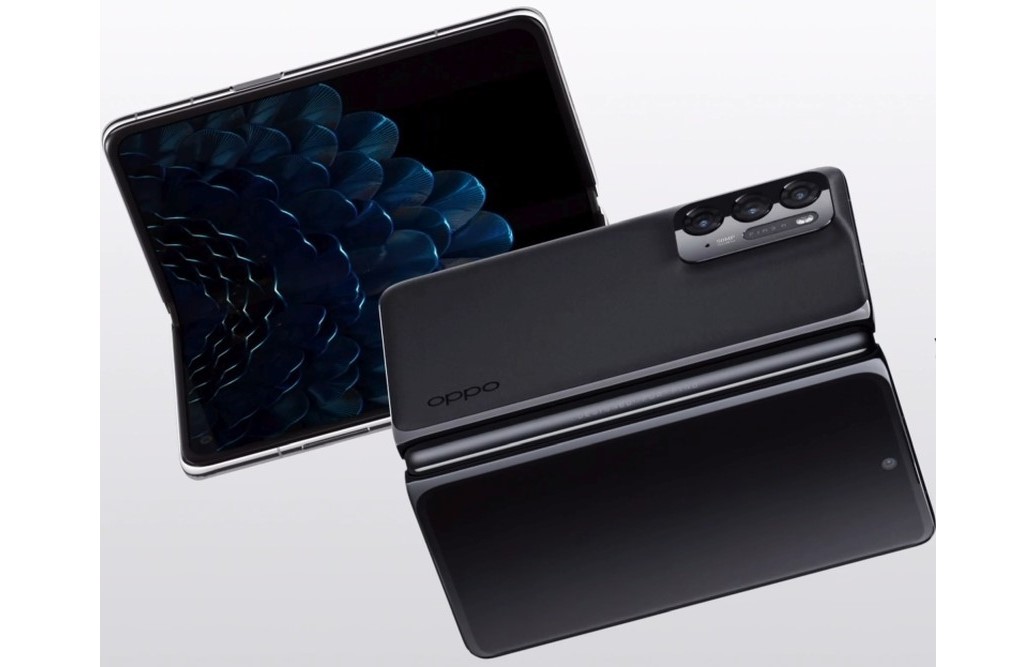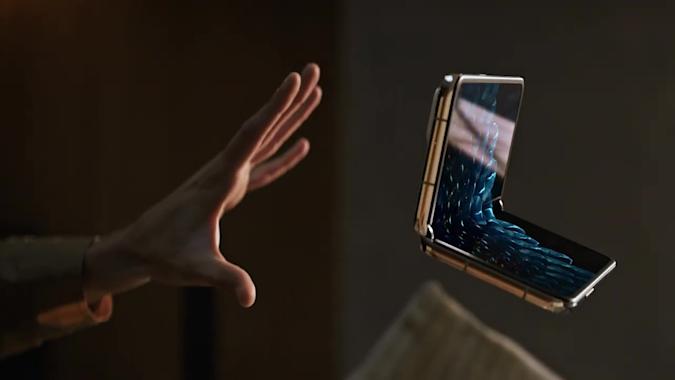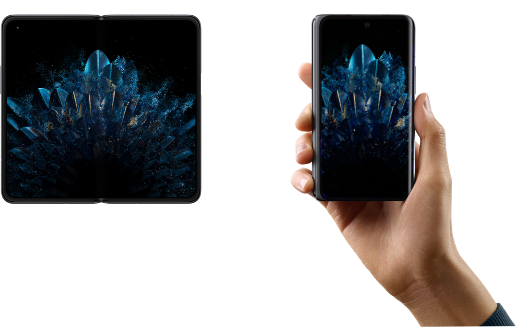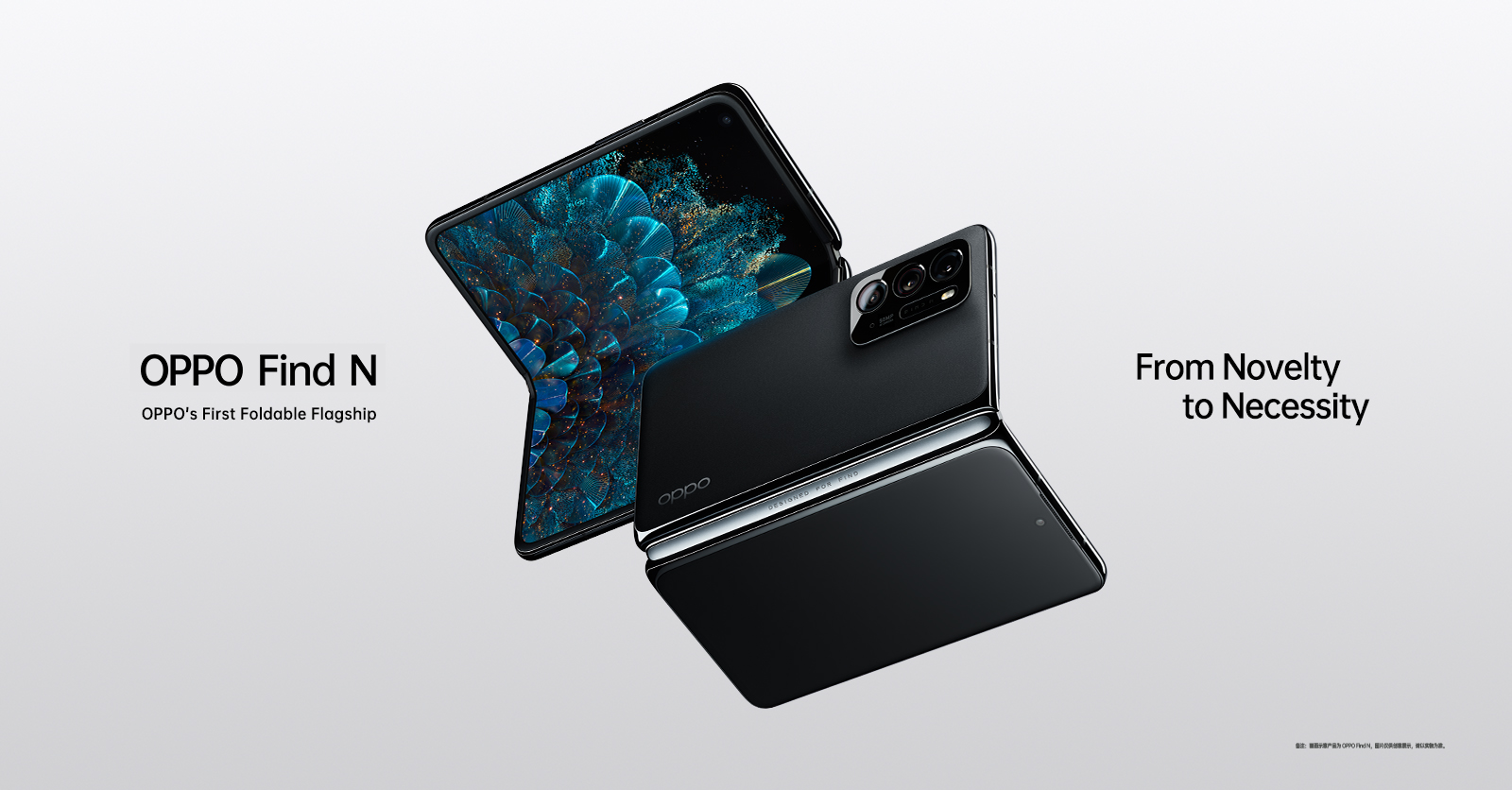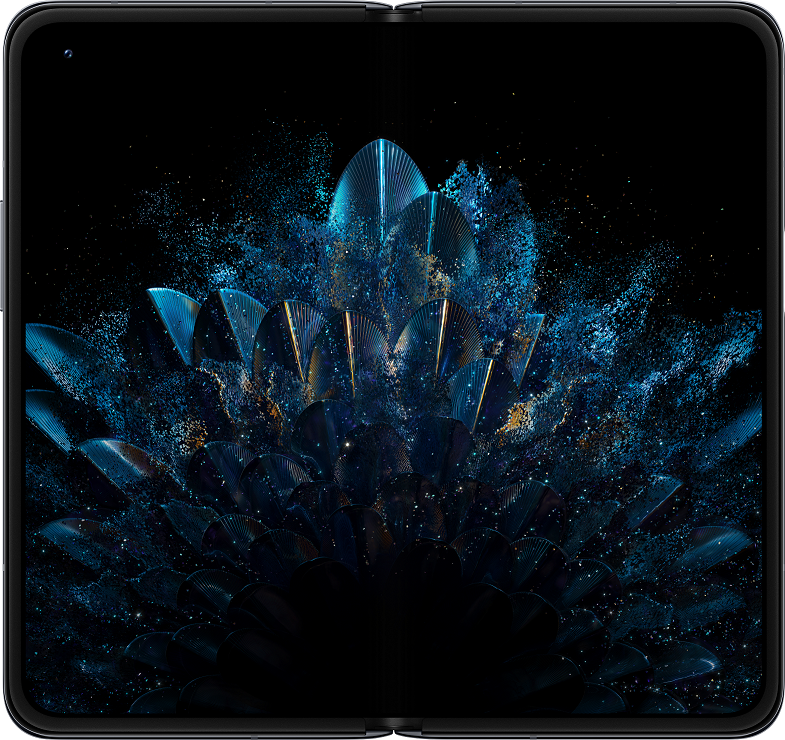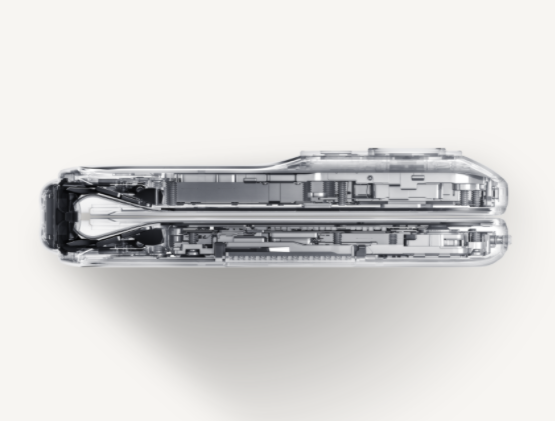Read more
For the past few years, the Samsung Galaxy Fold series has gone unopposed in India, and we recently saw Samsung truly step up its game with the Galaxy Z Fold 3. (Review). However, Oppo has just disclosed one major surprise before the end of 2021, giving us reason to reconsider if the Galaxy Z Fold is the ideal approach to produce a large-screen folding smartphone. The Oppo Find N, the company's first commercially available foldable smartphone, was introduced a week ago, and although it is only available in China, Oppo India provided us with a handset to try out.
After reviewing the Samsung Galaxy Z Fold 3, several differences leap out to me about the Oppo Find N that, in my opinion, make it a better tablet-style foldable. I haven't spent much time with it, and a thorough review won't be useful at this moment because it won't be released in India anytime soon, but I do want to highlight a few features that I truly appreciate.
Because here is where much of Oppo's R&D efforts have been concentrated, the design of the Oppo Find N is possibly its most talked-about feature. From the moment you pick up the Find N, you can tell it's made of high-quality materials like glass and aluminum. It's a little bulky and heavy, but not quite as much as the Galaxy Z Fold 3.
The familiar form factor will be the first thing you notice. The outside OLED display is practically edge-to-edge with the frame, and the 18:9 aspect ratio makes it comfortable to hold and use with one hand. It's almost as if you're using a regular smartphone, although an exceptionally thick one. When you unfold this phone, you get a considerably larger 7.1-inch OLED display with a 120Hz refresh rate. Both panels are bright and vibrant, with HDR support and sharp graphics. Because the Find N is shorter and wider than the Galaxy Z Fold 3, videos fill up more of the screen without requiring you to rotate the device.
The Find N's folding screen is made of ultra-thin glass over an OLED panel, but the 'Flexion' hinge is where the magic happens. Oppo has created a particular mechanism that allows the Find N's two parts to rest flush against each other, reducing gaps and making it difficult for dust and grime to get in. The hinge also allows for more tolerance where the display folds, resulting in a seam that's scarcely visible when it's open. When viewing the screen off-axis, you can still detect little undulations, but there is no bump in the center when you run your finger over it. This is a big accomplishment and one that Samsung has yet to grasp, even with the Galaxy Z Fold's third generation.
The Oppo Find N is also a flagship device. It comes with a Qualcomm Snapdragon 888 processor, as well as up to 12GB of RAM and 512GB of storage. Oppo has also managed to cram a 4,500mAh battery inside this phone, which supports both 33W rapid wired charging and 15W wireless charging. The power button has a fingerprint sensor, but you can also unlock the phone with face recognition.
An IP certification for dust and water protection is one major feature lacking from the spec sheet. Samsung still has the upper hand in this department.
The Oppo Find N's cameras appear to be extremely promising as well. Both selfie cameras have 32-megapixel sensors, while the back camera has a 50-megapixel main sensor, a 16-megapixel ultra-wide sensor, and a 13-megapixel telephoto lens. I haven't put the cameras through their paces, but they appear to provide decent results.
Let's take a brief look at the software as well. To take advantage of the huge folding display, Oppo has included special gestures to ColorOS 12. Depending on whatever gesture you choose, you may rapidly change full-screen programs into floating windows or use them in split-screen mode. At least on the model I have, this only worked with a few Oppo apps. There's also a FlexForm Mode, which works similarly to Samsung's Flex Mode on foldable phones and effectively rearranges the structure of an app when the phone is folded halfway in landscape mode. This only worked for a few apps at the time, such as the camera, but that could change in the future.
The Oppo Find N has rekindled my interest in foldable, and I sincerely hope that other manufacturers embrace this design concept — a tiny, regular aspect ratio display on the outside and a larger screen on the inside — in the future. The Find N is the most polished foldable to launch this year, thanks to this and the scarcely apparent wrinkle in the folding display. It's a pity it's not available everywhere else in the world right now, but I'm hopeful it will be available in India soon. If Oppo can improve its software, I believe it will pose a serious threat to Samsung's offerings.


